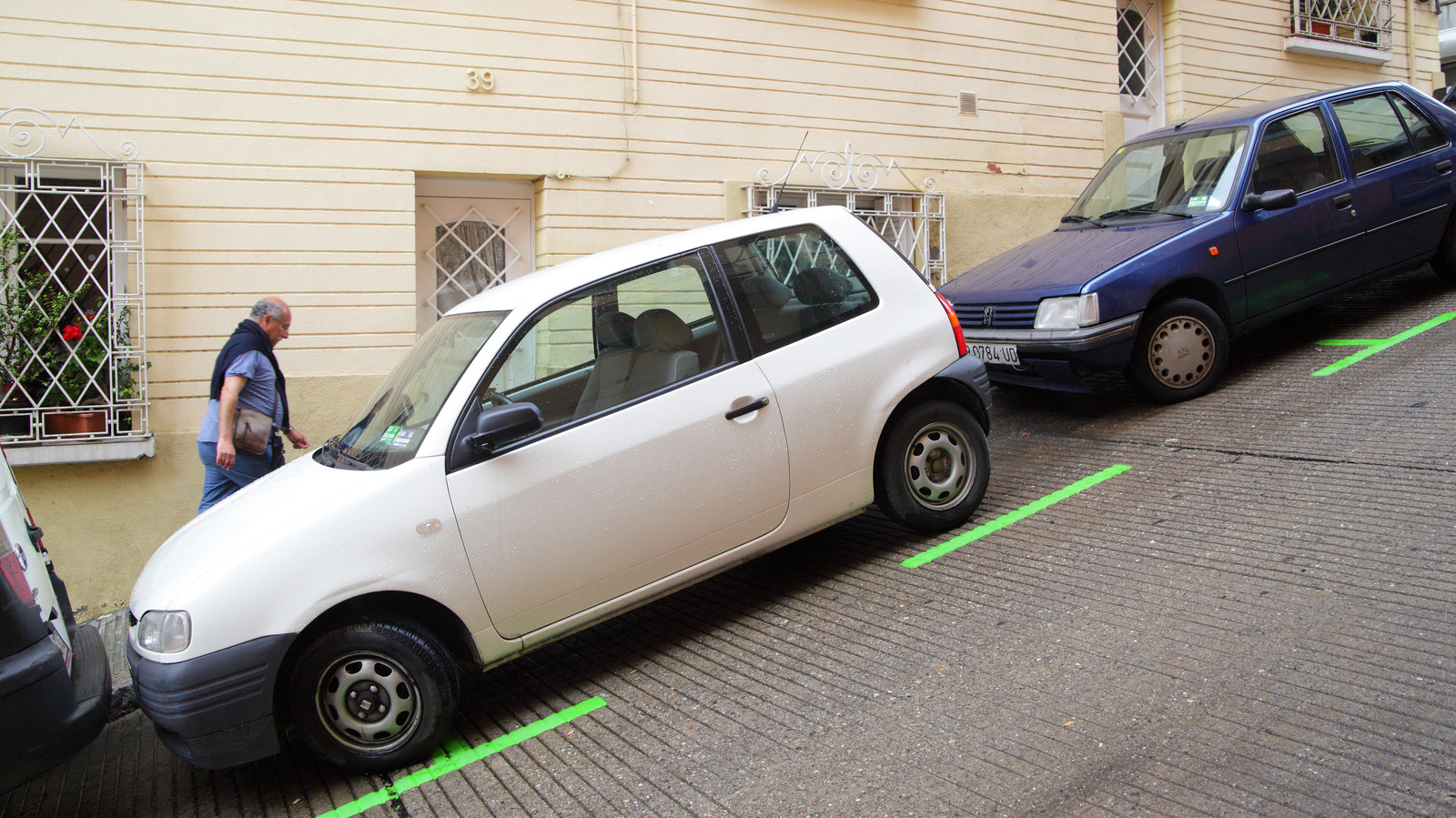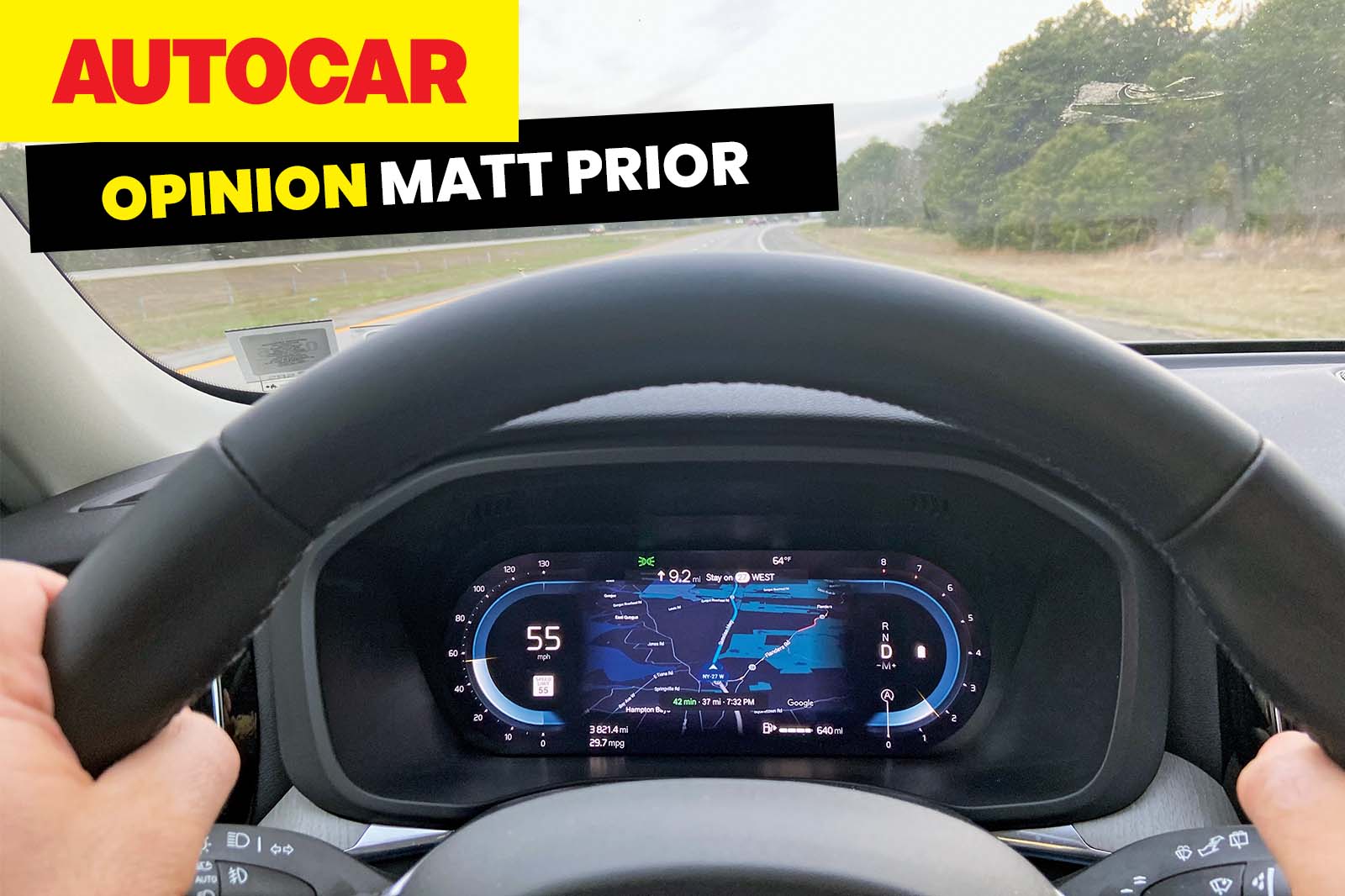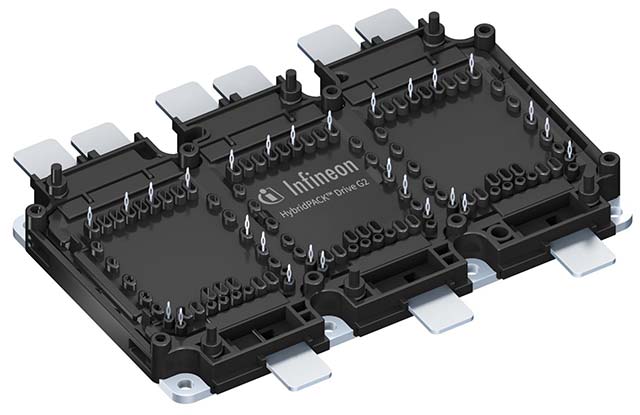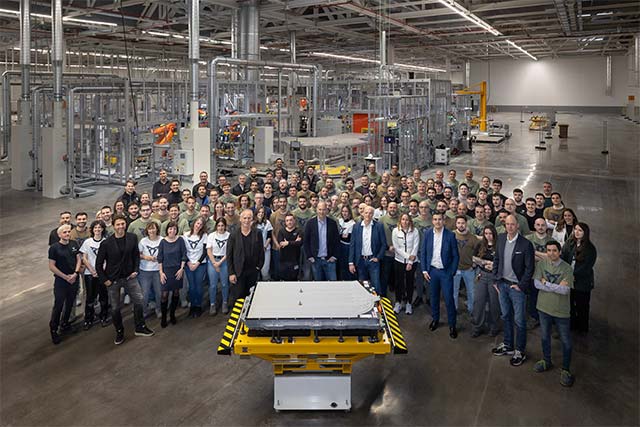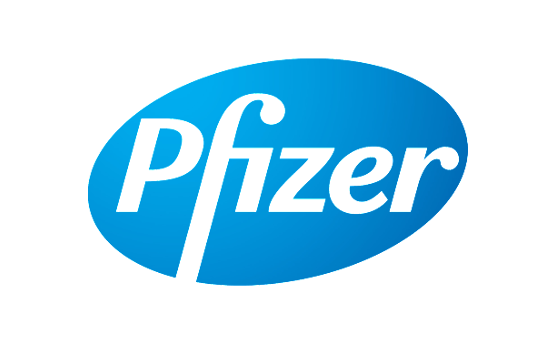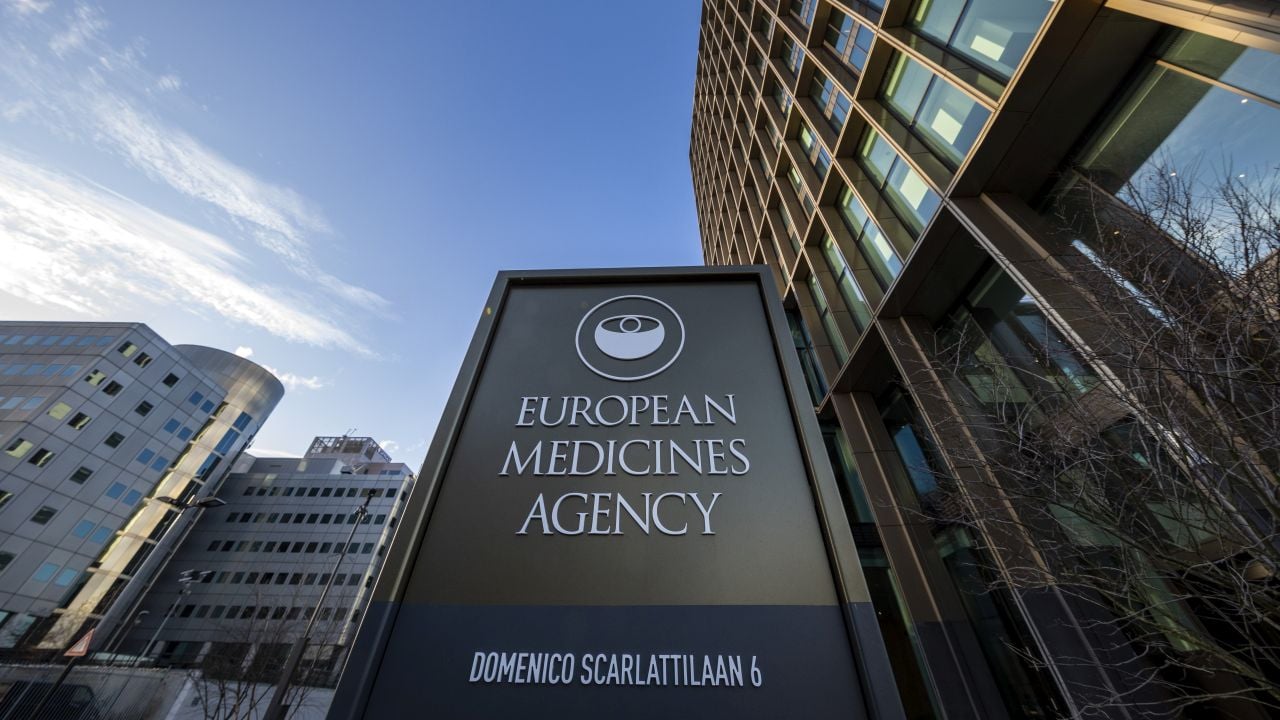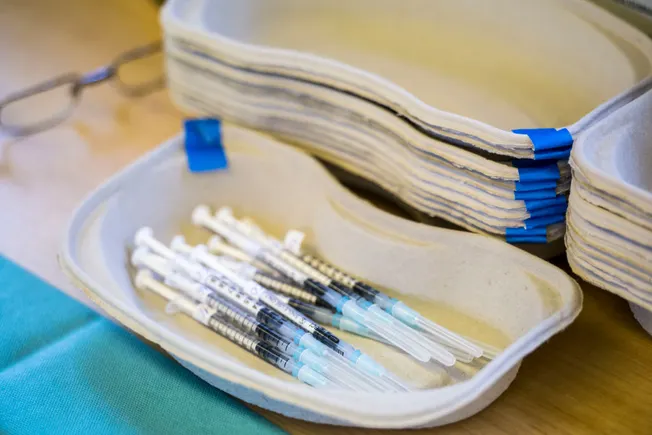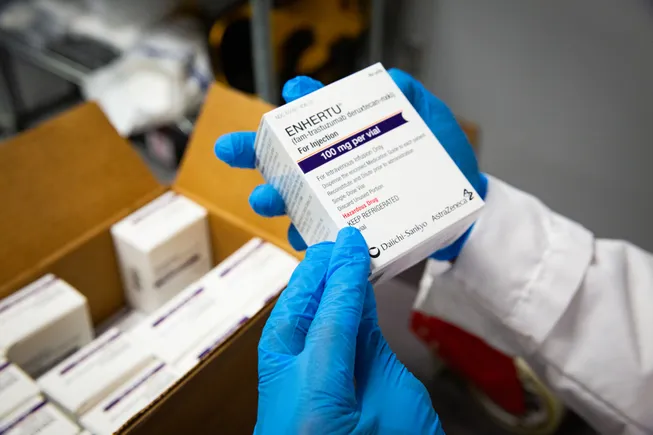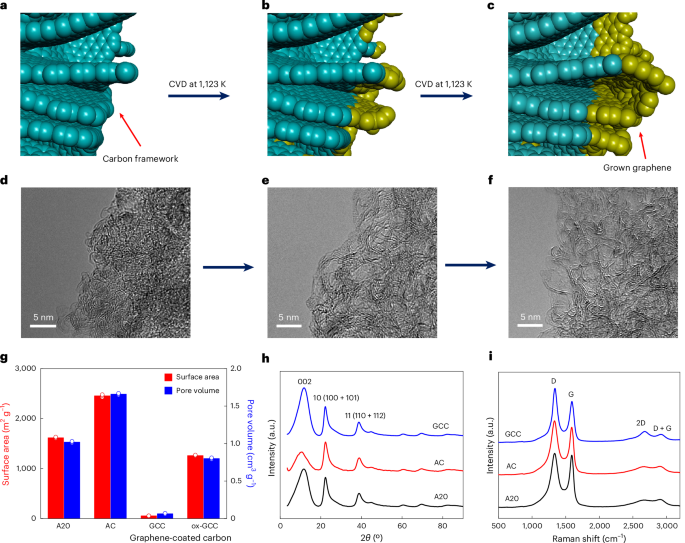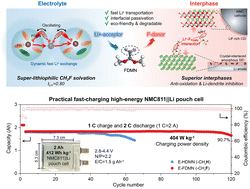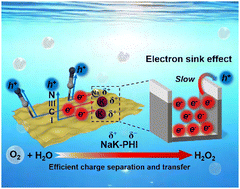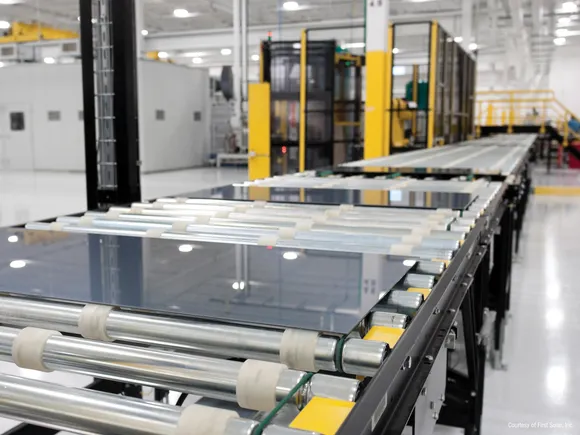Synovium‐on‐a‐Chip Reveals Fibroblast–Macrophage Crosstalk Underpinning Joint Homeostasis and Evaluation of Gout Therapies
Advanced Healthcare Materials, EarlyView.

A synovium-on-a-chip model faithfully recapitulates fibroblast like synoviocyte (FLS) –macrophage like synoviocyte (MLS) interactions, vascular structures, and neutrophil extravasation, providing a physiologically relevant platform to study gouty inflammation. This system enables dissection of NLRP3 inflammasome activation and supports therapeutic screening for inflammatory joint diseases.
Abstract
The synovium maintains joint homeostasis and regulates immune responses through fibroblast-like synoviocytes (FLS) and macrophage-like synoviocytes (MLS). However, investigation of the intricate FLS-MLS interactions is limited by the lack of physiologically relevant in vitro models. Here, this work presents a synovium-on-a-chip model that faithfully mimics the structural and functional properties of the human synovial lining, established with collagen/alginate hybrid hydrogel (CAHG). The functional phenotype of FLS observed in vivo is replicated on chip when cultured with CAHG. Moreover, co-culture with M2c macrophages derived from CD14+ monocytes enables the reconstruction of key immune functions of the synovial lining, including expression of junction proteins (ZO-1 and CLD5) and immunoregulatory markers (TREM2 and VSIG4). CD44 blockade, disrupting FLS-MLS interactions, significantly suppresses inflammasome-related pathways, underscoring the regulatory role of FLS in synovial immune responses. Our model is further validated by modeling gout, where treatment with monosodium urate crystals trigger NLRP3 inflammasome activation, macrophage polarization, and neutrophil extravasation. Pharmacological interventions with MCC950 and entrectinib effectively inhibit the inflammasome activation, demonstrating the platform's utility for preclinical drug evaluation. This synovium-on-a-chip provides a reliable in vitro model for studying synovial inflammation and serves as a valuable tool for the therapeutic discovery of inflammatory joint diseases.













